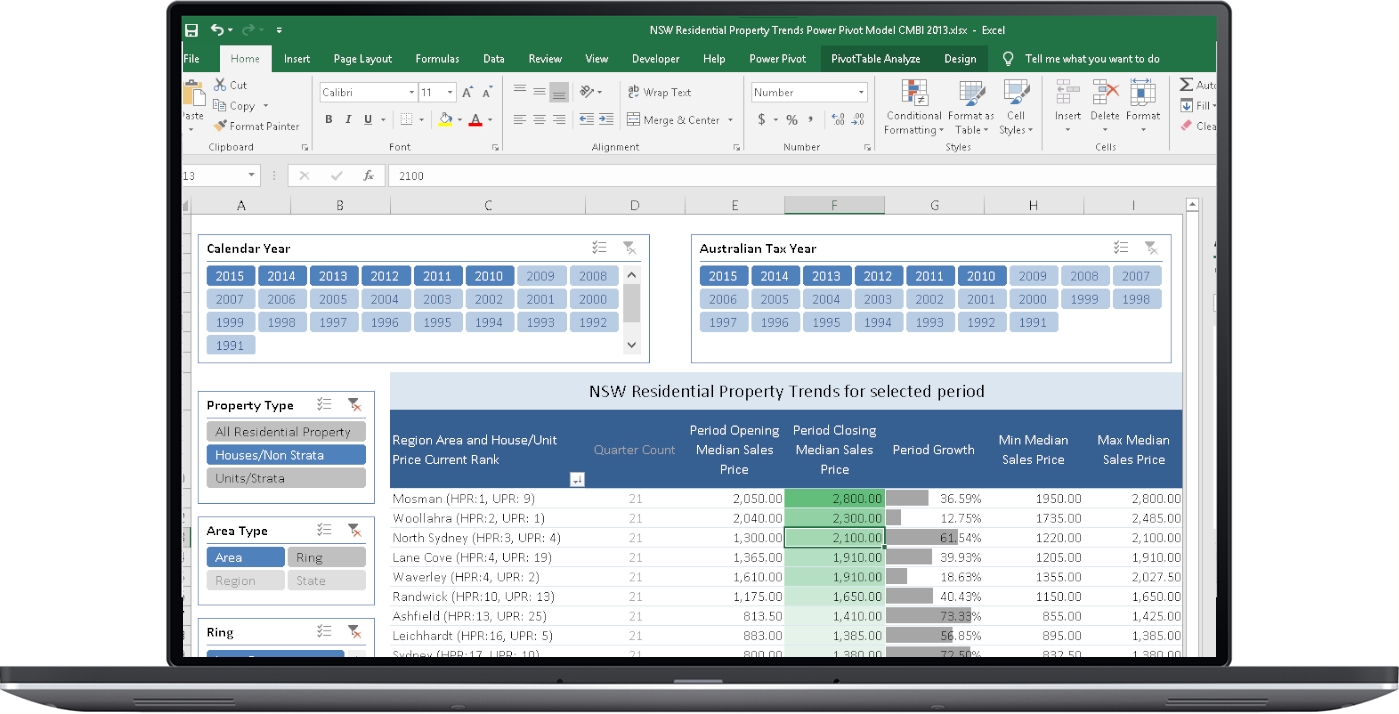
So, that explains why I saw the same behavior. Under the hoods, grabbing an OData Feed from the Excel Data Tab is actually just using Power Pivot to get it. The PivotTable here showed the same behavior that the Excel Data Tab did. We also saw that the data type here was showing text for the ProjCost 2 and ProjCost3 fields.

Looking at Power Pivot, we actually saw the same behavior as with the Excel Data Tab. However, the customer didn’t want to use Power Query. The 5 fields looked consistent.Īlso, in the Query itself it was showing “Number” as the data type.

Grabbing the data already looked different from what we saw from the Excel Data Tab pull. Next I wanted to see what Power Query would do. The ProjCost2 and ProjCost3 fields were just showing a 0. Also, when we pulled this into a PivotTable and summed the ProjCost fields, we hit some odd behavior. You’ll notice that ProjCost2 and ProjCost3 show decimals as compared to 1, 4 and 5. Once the data is imported it looked like the following: The customer was originally pulling this in via the Excel Data Tab. Here is the schema we had for our internal repro. The issue we had is that for some of the fields in the feed had a data type of Decimal. This could be through the Excel Data Tab, Power Pivot or Power Query. Within Excel, we have multiple ways to import data. This actually related to a Project Server hosted in a SharePoint 2013 On Premise deployment. We had a customer that was trying to pull data into Excel by way of an OData feed.


 0 kommentar(er)
0 kommentar(er)
